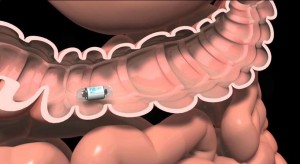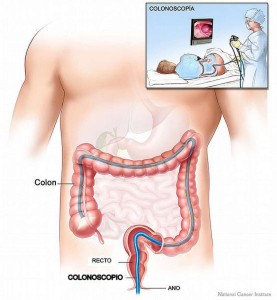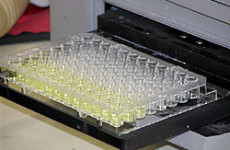Israeli Technology Company Received FDA Approval for PillCam
Set to Enter Japanese Health Care System in 2014
 In August of 2013 Israeli Company, Given Imaging, received FDA approval, as well as approval for reimbursement by Japan’s Central Social Insurance Medical Council for their PillCam SB3. Instead of subjecting themselves to the infamous colonoscopy, patients may start to see a more appealing option on the horizon very soon. This will also be a helpful solution for those who are unable to undergo colonoscopies for health reasons. According to No Camels – Israel Innovation News assessments, PillCam is significantly less expensive, costs roughly $500, while colonoscopies generally range from $800-$1,200.
In August of 2013 Israeli Company, Given Imaging, received FDA approval, as well as approval for reimbursement by Japan’s Central Social Insurance Medical Council for their PillCam SB3. Instead of subjecting themselves to the infamous colonoscopy, patients may start to see a more appealing option on the horizon very soon. This will also be a helpful solution for those who are unable to undergo colonoscopies for health reasons. According to No Camels – Israel Innovation News assessments, PillCam is significantly less expensive, costs roughly $500, while colonoscopies generally range from $800-$1,200.

While men and women over 50 are advised to have a colonoscopy every 10 years, No Camels – Israel Innovation News notes that some studies show 50% of Americans over 50 forgo the procedure due to its uncomfortable nature. Sixty percent of colon cancers are diagnosed at later stages of the disease, when only 5% survive the disease more than five years. But all that may change soon.
When using the PillCam, the patient fasts for 10 hours prior to the procedure, then swallows the PillCam SB capsule with a glass of water. Images and data are acquired as the PillCam SB capsule passes through the digestive system over an 8-hour period. This information is transmitted via a sensor belt or array to the portable PillCam recorder attached to a belt worn around the patient’s waist. Once the patient swallows the capsule, they can continue with their daily activities. After eight hours, they return to the physician’s office with the recorder so the images can be downloaded and reviewed by the physician.

The PillCam SB is about the size of a standard vitamin (11mm x 26mm) and weighs less than four grams. The capsule contains a miniature video camera and is equipped with a light source on one end, batteries, a radio transmitter and antenna. After it is swallowed, the PillCam SB capsule transmits approximately 50,000 images over the course of an eight-hour period (about two images per second) to a data recording device attached to a belt worn around the patient’s waist. The small bowel images are then downloaded to a Given Imaging workstation computer where a physician can review the images.
The Pill Came is capable of detecting a number of diseases and abnormalities such as iron deficiency anemia (IDA), Barret’s esophagus, obscure gastrointestinal bleeding (OGIB), esophageal varices, esophageal cancers, and Crohn’s disease.
According to Given Imaging, 75% of Crohn’s patients have lesions in their small bowel. “Direct visualization of the small bowel mucosa is necessary to accurately and fully assess early disease activity and progress. Capsule endoscopy is a sensitive tool to detect mucosal abnormalities in the small bowel. Ileocolonoscopy combined with small bowel direct visualization are the fundamental tools for diagnosing and managing disease over time.” The benefits of direct visualization can greatly influence timely change in therapy.




